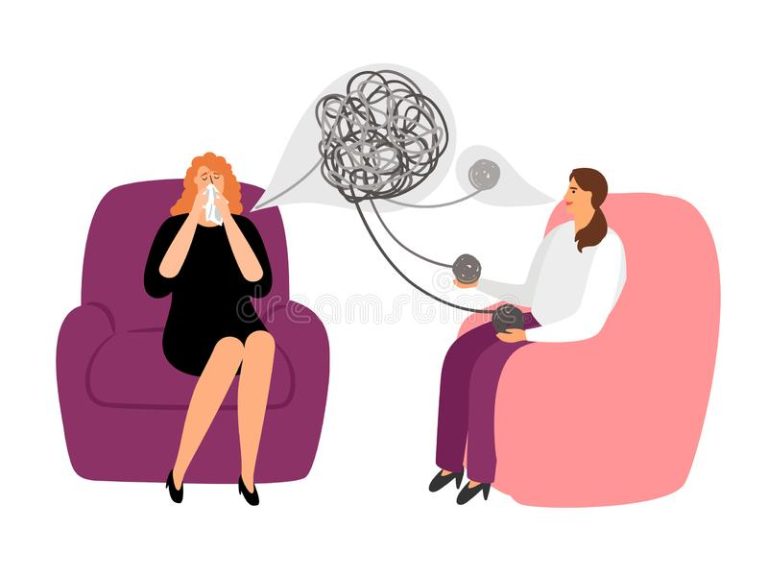The beauty of connection
Connecting with others can take many forms. It might be someone’s words before you on a screen, your voice in my ear or a hug from a loved one just when you need it the most. These are all forms of connection; contact between you and someone who has, or might want to have, a relationship with you. Stronger relationships emerge over time through repeated connections between people.
Some might say that superficial connectedness appears to be a preference in the collective unconscious of the younger generation. Technology may be seen to be slowly replacing face-to-face intimacy. Even though connecting with others via technology may be a good way of reaching out to someone, research shows that connecting with others physically rather than virtually is a core need for all of us, and may have many benefits.
Life often presents us with difficulties, and the key to healing and building resilience is to connect with others who can validate, empathise and understand our feelings and experiences. Genuine conversation together with touch; such as holding hands, sharing a long hug or looking into someone’s eyes can foster closer connections, understanding, and well-being.
Kind human touch with people we trust has positive effects on our psychological and physical health. Even brief contact such as a pat on the back or holding someone’s face gently can boost oxytocin levels in the brain. Oxytocin, which is sometimes referred to as the ‘love hormone’ and is responsible for pair bonding and trust, helps to increase levels of optimism and self-esteem. It can also help to reduce anxiety. Oxytocin also offers some benefits for our physical health. When oxytocin levels are elevated there may be a reduction in blood pressure, better digestion and a decrease in intestinal inflammation, amongst other benefits.
An experiment that proves that presence alone is not sufficient to feel a sense of connection, is the ‘still face experiment’. In this experiment, parents were first asked to connect with their babies by touching them, talking to them and smiling at them. The babies reacted very well to this. The parents were then asked to be physically present with their infants but to not show any response to their babies. The absence of affect and connection caused distress to the babies who tried to reach out to their parents until they gave up, but reconnection and engagement from the parents then brought back a sense of peace and happiness.
Another experiment, the ‘four minute experiment’ paired refugees with people in the host country, who were complete strangers to them, to simply sit in front of each other for four minutes and maintain eye contact. The compassion and emotion that resulted was very profound. Participants said that when you sit down opposite a specific person and look into their eyes, you will no longer see an anonymous person, just another one of the migrants, but you notice the human before you, just like yourself – loving, suffering and dreaming. The emotions that surfaced from this experiment were the same for both young and old, who all described the experience as one that gave them a sense of warmth, kindness and deep connection.
Healing connections do not just happen between humans, as pets may also have an effect on our health and well-being. Dogs and cats are able to sense how we are feeling based on our eye contact, tone of voice and other non-verbal communication. This intuitive sense guides them to move closer to us to be able to touch us and to be touched by us. This touch brings an immediate connection, and studies show that this connection can lower depression and increase serotonin and dopamine levels (which are considered to be natural ‘feel good’ chemicals).
It is connection that provides us with the opportunity to realise the beauty of life. True connection gives us a sense of warmth, pleasure, and a sense of worth, something that can be felt viscerally (what some call the ‘gut feeling’), and something that can make us feel complete. It is also connection that supports us to go through difficult experiences in our lives and helps us become more resilient.
Claire Borg is a gestalt psychotherapist at Willingness. She works with adolescents and adults. She has a special interest in mental health. She can be contacted on claire@willingness.com.mt.






